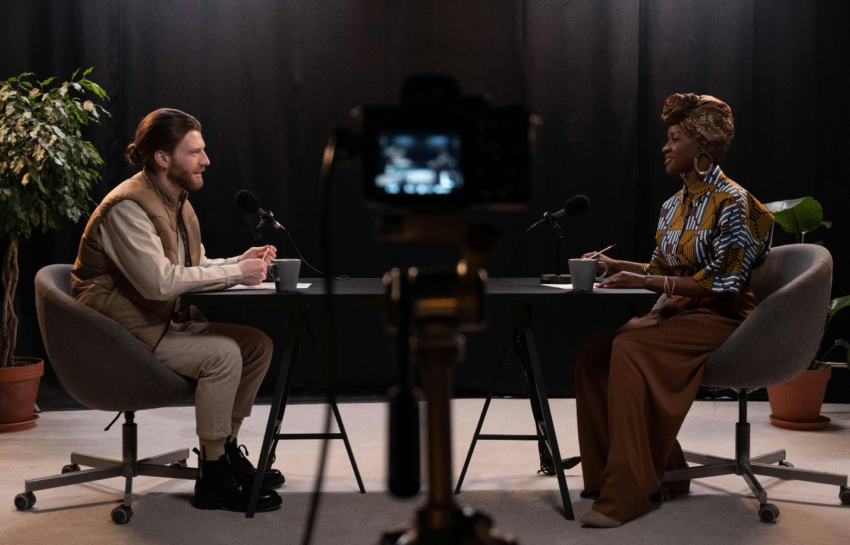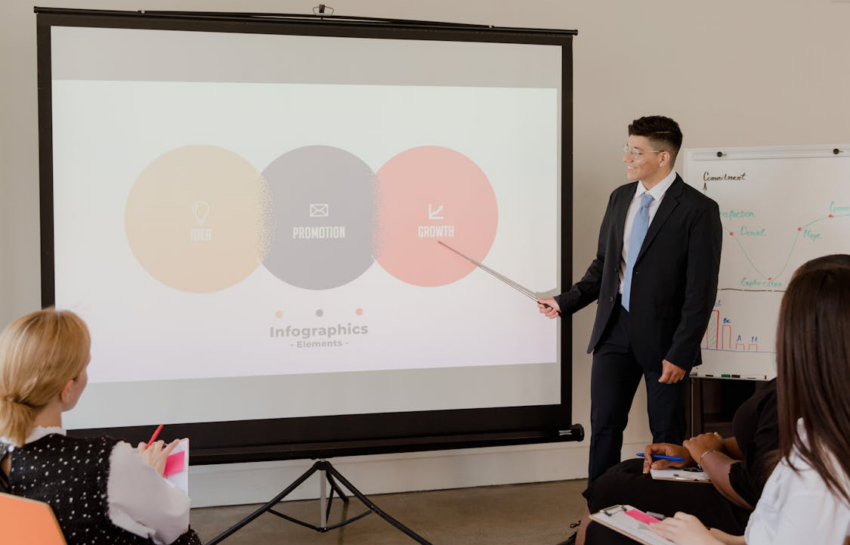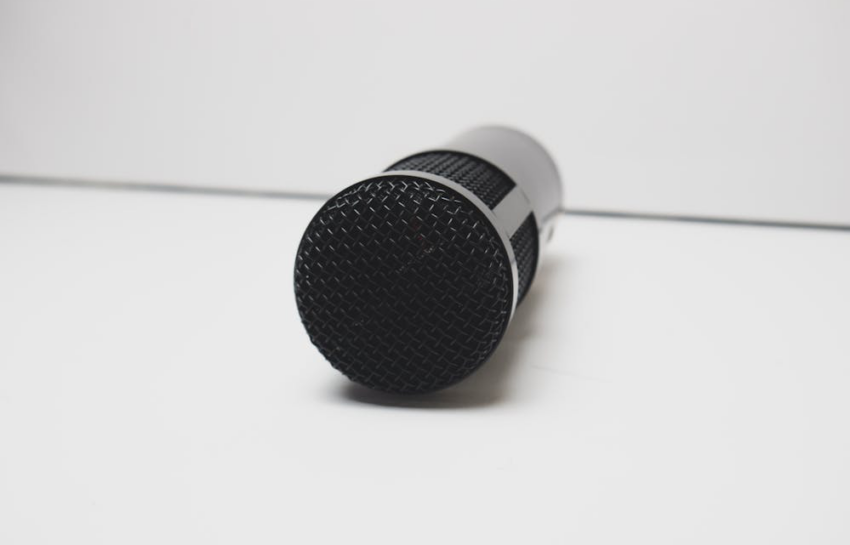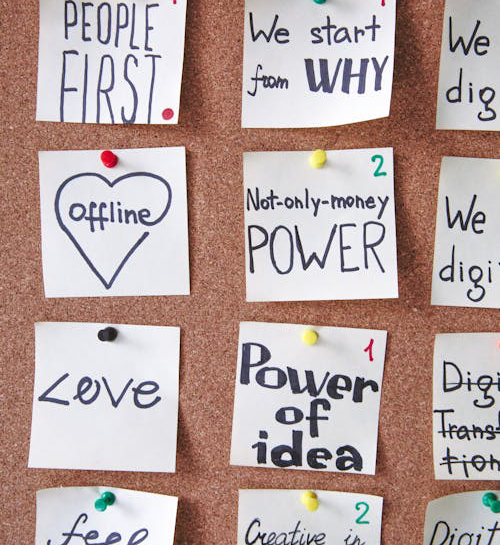Stepping into the spotlight for a live media interview can feel like diving into the deep end without a float. But fear not! With the right strategies, you can not only stay afloat but also make waves. Let’s explore how to keep your cool and stay on-message during live media appearances.
Preparation: Your Secret Weapon
Before the cameras roll, arm yourself with knowledge. Understand the show’s format, the interviewer’s style, and the audience’s expectations. This insight allows you to tailor your message effectively.
Craft Your Core Messages: Identify two to three key points you want to convey. Support them with compelling anecdotes or statistics to make your message memorable. Practice delivering these points until they flow naturally.
Body Language: Speak Without Words
Your non-verbal cues can speak louder than your words. Maintain eye contact with the interviewer to build trust and show engagement. Sit or stand upright to project confidence, and avoid fidgeting, which can be distracting. A genuine smile can also convey warmth and approachability.
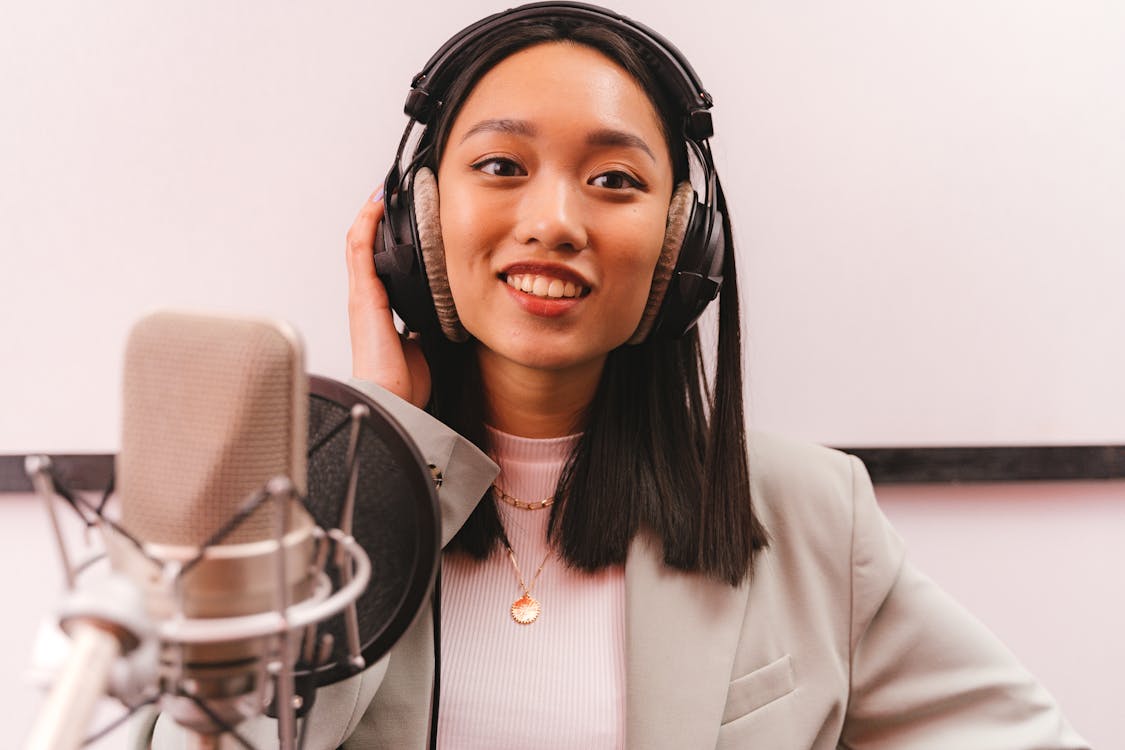
Staying On-Message: The Art of Bridging
Interviews can sometimes veer off course. If faced with a question that doesn’t align with your key messages, acknowledge it briefly and then steer the conversation back. Phrases like, “That’s an interesting point, but what’s crucial to remember is…” can help you redirect smoothly.
Handling Tough Questions: Grace Under Pressure
Not all questions will be softballs. When confronted with challenging queries:
- Stay Calm:Take a deep breath before responding to maintain composure.
- Pause Before Answering:This not only gives you a moment to collect your thoughts but also ensures your response is deliberate.
- Reframe If Necessary:If a question is based on incorrect information, gently correct it and pivot back to your main points.
Delivery: Make It Memorable
How you say something can be as important as what you say. Use a conversational tone to make your points relatable. Incorporate stories or examples to illustrate your messages, making them more engaging and easier for the audience to remember.
Know Your Interviewer’s Style and Intent
Every journalist or host has a unique style—some are friendly and conversational, while others are aggressive and confrontational. Before your interview, study the interviewer’s past segments. Are they known for hard-hitting questions or more relaxed discussions? Understanding their approach can help you anticipate their style and prepare accordingly. (publicaffairs.vpcomm.umich.edu)
Speak in Soundbites
Long-winded answers can lose your audience (and may even be edited down for brevity). Instead, craft concise, impactful soundbites—short, memorable statements that clearly convey your point. A well-placed soundbite can turn into a quotable moment that gets repeated across media platforms. (mediafirst.co.uk)
Control the Narrative with Flagging Techniques
If you want your key points to stick, use flagging—a technique where you emphasize important ideas with phrases like:
- “The most important thing to remember is…”
- “What really matters here is…”
- “If there’s one thing your audience should take away, it’s…”
This signals to the interviewer and audience that they should pay close attention.
Master the Art of Silence
Not every moment needs to be filled with words. If a reporter throws a tough question your way, resist the urge to blurt out a response. A brief pause before answering makes you appear thoughtful and in control. Additionally, avoid rambling—once you’ve answered the question, stop talking. Let the silence work for you.
Be Wary of the “Gotcha” Question
Some journalists are trained to catch guests off guard with tricky questions designed to create controversy. Here’s how to handle them:
- Recognize the trap– If the question is designed to make you look bad, acknowledge it but don’t take the bait.
- Redirect– Shift the focus to your main message: “That’s an interesting point, but what’s really important here is…”
- Stay positive– Avoid negative language or getting defensive. Maintain a calm, composed demeanor. (thestrategicfirm.com)
Dress for the Platform
Your outfit plays a bigger role than you think, especially on television. Bright colors (except white) and solid patterns work best for TV, while avoiding overly flashy accessories or distracting prints. For radio and podcasts, your tone, energy, and articulation matter more than appearance, so focus on vocal clarity and enthusiasm. (focusmediaservices.com)
Practice Makes Perfect
Even the pros rehearse. Conduct mock interviews to simulate the experience. This not only helps in refining your messages but also builds confidence. The more familiar you are with the process, the more comfortable you’ll be when it’s showtime.
Final Thoughts: Embrace the Opportunity
Remember, a live media interview is your chance to share your story and connect with a broader audience. Embrace the opportunity with enthusiasm. With thorough preparation, confident delivery, and strategic messaging, you’ll not only survive the interview but also leave a lasting impression.
Ready to Shine in the Media Spotlight?
Our TV booking agents at OTA Talent specialize in securing media placements across TV, radio, podcasts, and digital platforms. Whether you’re looking to book a national TV appearance, secure a spot on industry-specific podcasts, or land a professional radio interview booking, we ensure your story takes center stage. Connect with a trusted TV booking agency to book local TV appearances and expand your reach. Let your message shine with the right booking agents for digital media today!

